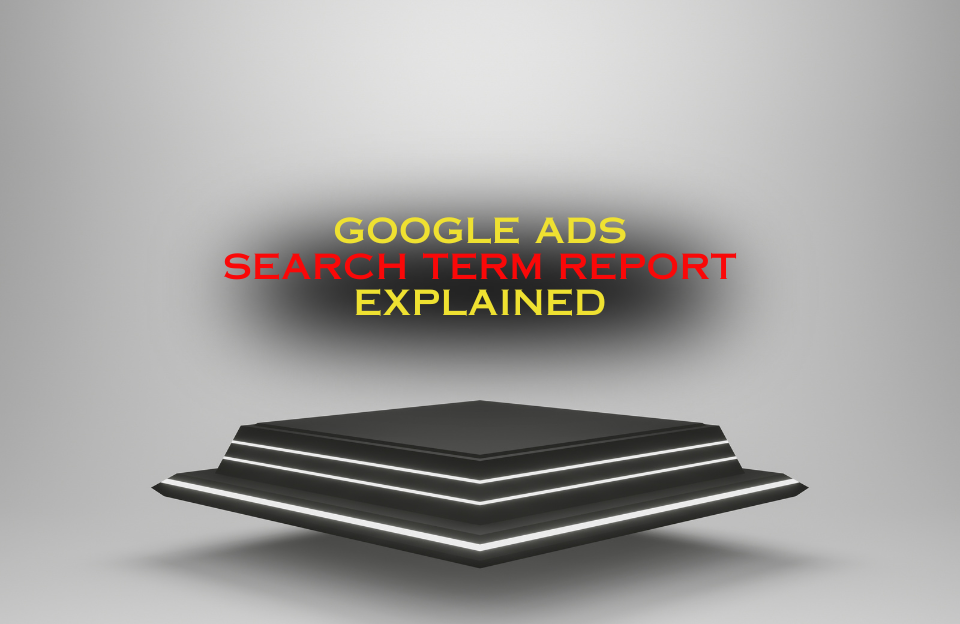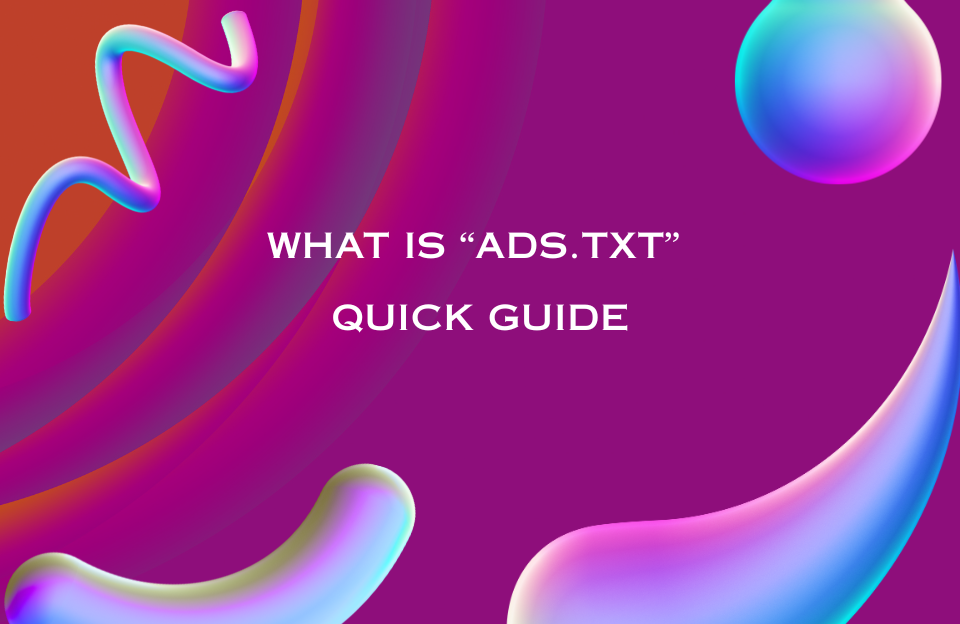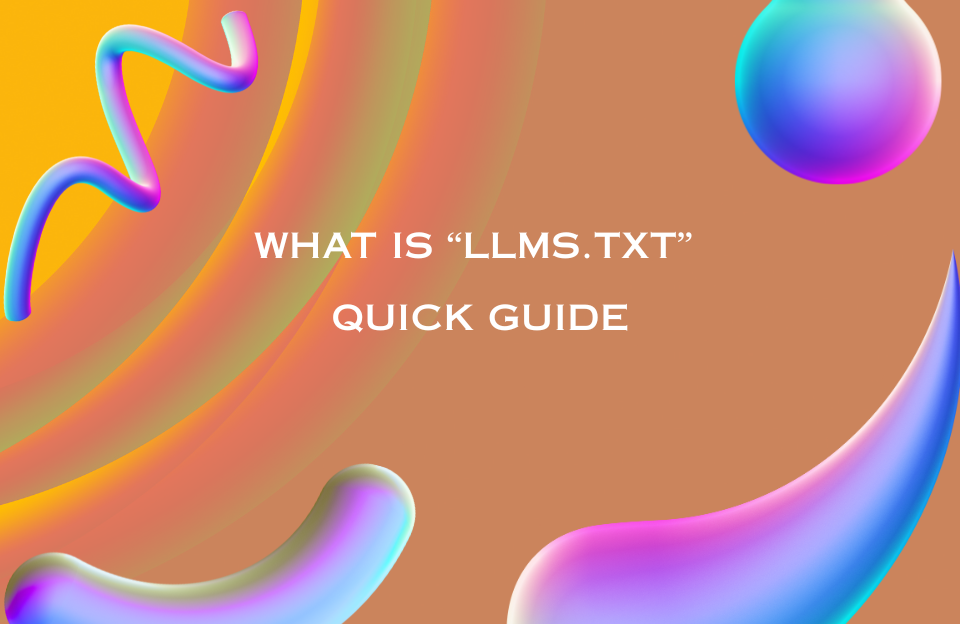FAQ Schema: How Structured Q&A Formats Boost Your Visibility in Search
In today’s search-driven environment, standing out in Google results is more than just ranking high—it’s about owning valuable real estate in the SERPs. One of the simplest and most effective ways to achieve this? Implementing FAQ schema.
What Is FAQ Schema?
FAQ schema is a type of structured data (based on schema.org/FAQPage) that allows you to mark up a list of frequently asked questions and their answers on a webpage. This structured format helps search engines understand your content more precisely and can result in rich snippets—expandable question blocks—beneath your page in Google search results.
Why Use FAQ Schema?
- Increased SERP Real Estate: Expand your search listing with collapsible answers.
- Boosted Click-Through Rates: Enhanced listings often lead to more clicks, even if your ranking doesn’t change.
- Voice Search & AI Compatibility: Voice assistants and AI tools are more likely to pull answers from structured content.
- Stronger Topical Authority: Structured FAQs help reinforce your expertise and content depth on a topic.
Where Should You Use FAQ Schema?
- Dedicated FAQ pages
- Product or service pages with common customer questions
- Blog posts with Q&A sections or “People Also Ask” style content
- Comparison or how-to content answering multiple sub-questions
How to Write Effective FAQ Content
- Use real user questions from Google Search Console, AnswerThePublic, or your support inbox.
- Keep answers short but helpful—aim for 1–3 sentences.
- Avoid repetition or fluff—each question should have a clear purpose.
- Make it visible—don’t hide FAQs behind tabs or collapsible sections (unless expanded by default).
Common Mistakes to Avoid
- Adding schema without visible content: If the Q&A isn’t on the page, don’t mark it up. Google requires that content marked as FAQ be visible to users.
- Overusing identical questions across pages: Avoid copy-pasting the same FAQ block to every page. Duplicate schema content can be seen as low value.
- Using FAQs for promotional content: Stick to informational answers. Don’t use FAQ schema to stuff in CTAs or exaggerated claims.
Bonus: Combining FAQ Schema with Other Markup (Advanced)
You can often combine FAQ schema with:
Productschema (for product pages)HowToschema (for step-by-step tutorials)OrganizationorLocalBusinessschema
⚠️ Note: Be careful not to nest structured types incorrectly. Use Google’s Rich Results Test to validate.
Tools to Help You Generate or Test FAQ Schema
- Merkle Schema Markup Generator
- Google Rich Results Test
- Yoast SEO Plugin (WordPress)
- RankMath Schema Module
- Schema.dev Visual Builder
Sample JSON-LD FAQ Schema Markup
<script type="application/ld+json">
{
"@context": "https://schema.org",
"@type": "FAQPage",
"mainEntity": [
{
"@type": "Question",
"name": "What is FAQ Schema?",
"acceptedAnswer": {
"@type": "Answer",
"text": "FAQ Schema is structured data that marks up question-and-answer content for better visibility in Google search results."
}
},
{
"@type": "Question",
"name": "What are the benefits of using FAQ Schema?",
"acceptedAnswer": {
"@type": "Answer",
"text": "It enhances your search result listing with interactive questions, increasing visibility and potential click-through rates."
}
}
]
}
</script>
Conclusion
FAQ Schema is one of the most practical and underused SEO tools available today. It helps your content stand out, improves user experience in search results, and boosts CTR with minimal effort. By combining it with real user data, error-free implementation, and smart page placement, you unlock more value from your existing content.
Don’t just answer questions—mark them up and make them work harder for you.




